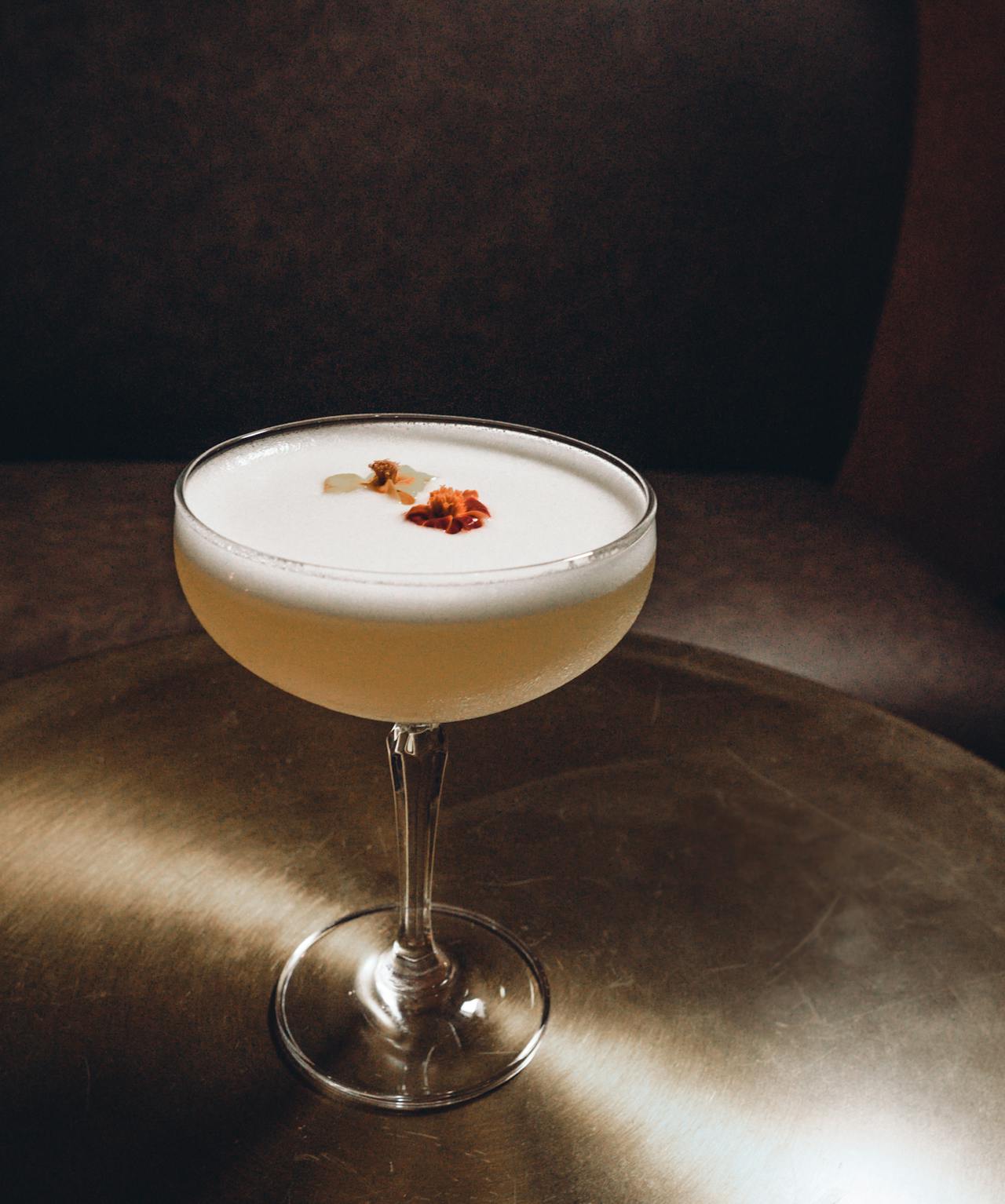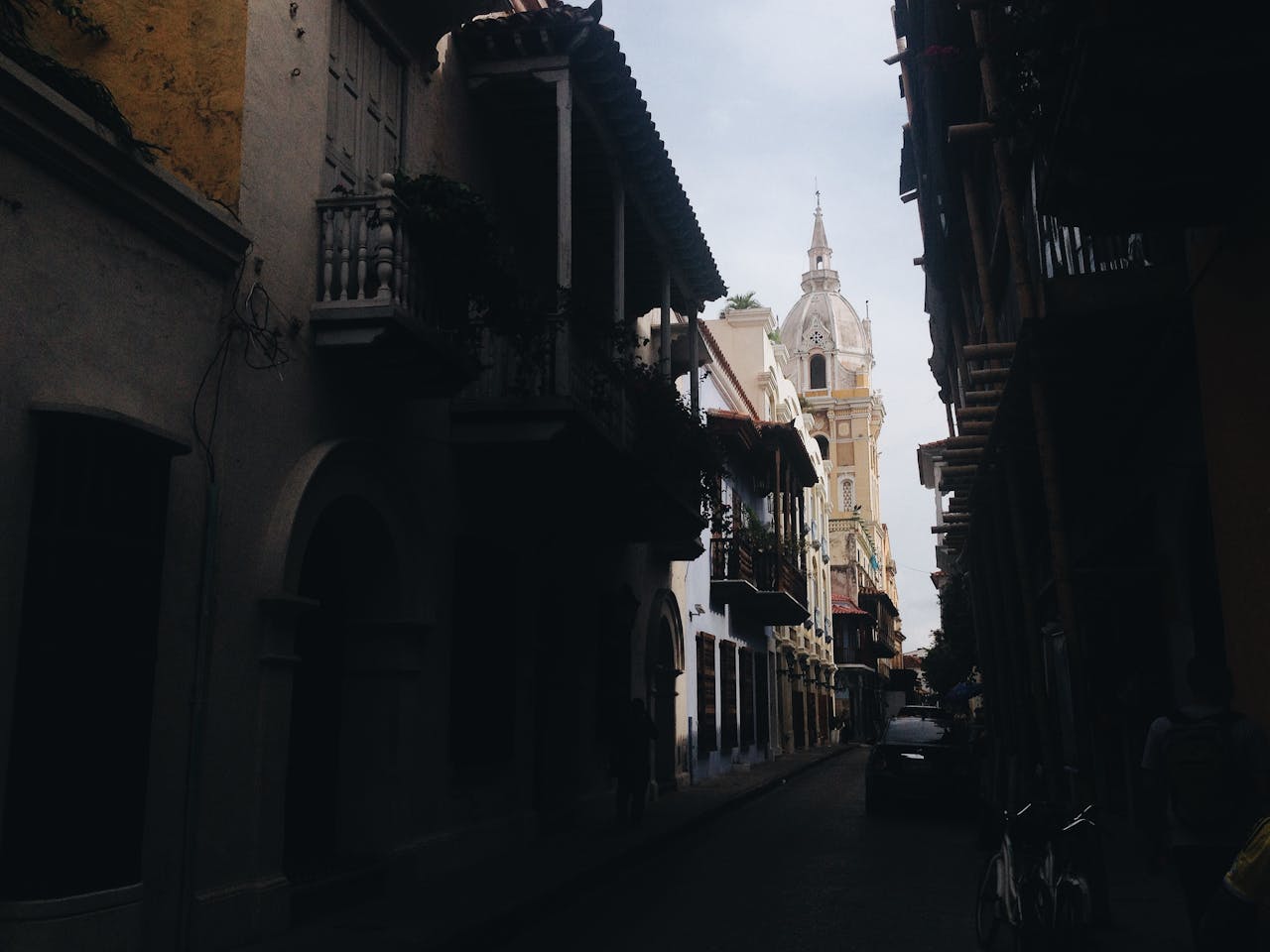If you’ve ever landed in Lima and been handed a frosty coupe with a silky white cap and three amber dots on top, you’ve already met Peru’s national cocktail. But what is a pisco sour exactly? It’s a perfectly balanced, foam-topped sour built on Peruvian pisco (a grape brandy), fresh lime juice, simple syrup (traditionally jarabe de goma), egg white, and a few drops of Angostura bitters. Creamy yet bright, aromatic yet refreshing, it’s the liquid calling card of Peru—and the ideal first toast to any trip in Lima.
Planning a night of pisco sours in the capital? For comfort and style between tastings, book luxury places to stay in Lima at The Collection or modern places to stay in Lima with Wynwood House.
A quick origin story
From Morris Bar to national icon
The best-supported history traces the cocktail to Morris Bar on Lima’s Jirón de la Unión around 1920, where American barkeep Victor Morris popularized a pisco-based sour for his clientele. When Morris Bar closed in 1929, alumni bartenders—especially Mario Bruiget—carried the recipe to the Hotel Maury and refined it by adding egg white for that signature foam and Angostura bitters for aroma. The drink’s fame grew beyond Peru; at home it’s now Patrimonio Cultural de la Nación, and Peru celebrates Pisco Sour Day every first Saturday of February.
Anatomy of a classic pisco sour
Core ingredients
- Pisco: Use Peruvian pisco—unaged, single-distilled grape brandy. Styles to try: quebranta (round, soft), acholado (blended, aromatic), mosto verde (luxurious, silky).
- Fresh lime juice: In Peru, it’s typically limón peruano (Key lime family); anywhere else, use fresh, bright limes and strain the juice.
- Jarabe de goma: A richer simple syrup stabilized with gum arabic that adds body; regular 1:1 simple syrup works in a pinch.
- Egg white: Key for texture and that snow-white cap.
- Angostura bitters: Three drops on the foam add spice and aroma.
Ratios that work
Bartenders debate ratios, but two blue-chip formulas keep balance in check:
- “3-1-1-1”: 3 oz pisco, 1 oz lime, 1 oz syrup, 1 egg white.
- “4-1-1-1”: 4 oz pisco for a stiffer profile (split for two coupes).
Taste and adjust: a touch more syrup softens; a touch more lime sharpens. Keep the pisco : lime proportion the boss so acidity doesn’t steamroll the spirit.
Technique: how to make a pisco sour like a Limeño
The method
- Chill the glass: A cold coupe preserves texture and lift.
- Dry shake (no ice): In a shaker, add pisco, lime, syrup, and egg white. Shake hard 8–10 seconds to emulsify.
- Wet shake (with ice): Add large ice cubes and shake another 8–12 seconds to chill and dilute.
- Double strain into the chilled coupe to keep shards out.
- Bitters flourish: Dot the foam with three drops of Angostura and, if you like, drag a toothpick through them to create a simple flourish.
Pro tips from Peruvian bars:
- Use freshly strained lime juice to avoid bitterness from pith or seeds.
- If you’re batch-making, you can whip egg whites briefly, let them rest, and use the liquid portion for ultra-silky foam.
- No shaker? A blender can emulate the texture for multiple servings—pulse briefly and avoid over-dilution.
Flavor, texture, and why it’s special
A great pisco sour hits a Venn diagram sweet spot: bright citrus from lime, spirit character from pisco’s grape varieties, velvety mouthfeel from the egg white, and a spiced nose from bitters. Unlike many sours, it’s aromatic without being sweet, creamy without dairy, and sessionable when served in modest coupes. That balance is why the question “what is a pisco sour” usually ends with someone ordering a second.
Variations to try (without losing the soul)
- Maracuyá Sour (Passion Fruit): Swap half the lime and syrup for passion fruit purée—tropical, tart, crowd-pleasing.
- Chicha Morada Sour: Add a spoon of reduced purple-corn syrup for cinnamon-clove notes and a violet hue.
- Herbal riffs: Infuse syrup with huacatay (Peruvian black mint) or fresh basil for a green, aromatic edge.
- No-egg option: Aquafaba (chickpea water) foams surprisingly well; use ¾ oz.
Ordering and pairing in Lima
When and where
In Lima, a pisco sour is the pre-dinner handshake—aperitivo hour or the first round at a finer restaurant or cocktail bar. Pair it with ceviche, seafood tiraditos, anticuchos, or causa. The cocktail’s acidity cuts through fat and brightens seafood like a squeeze of lime.
Exploring Lima’s food scene? Rest well between tastings at luxury places to stay in Lima, or base yourself near top bars and restaurants with Wynwood House’ stylish places to stay in Lima.
Make it at home (bar-cart friendly)
Classic recipe (one generous coupe)
- 2½–3 oz Peruvian pisco (quebranta is a friendly start)
- 1 oz fresh lime juice, strained
- ¾–1 oz simple or jarabe de goma (to taste)
- 1 egg white
- Ice + Angostura bitters
Steps: Dry shake → wet shake with large ice → double strain → 3 bitters drops. Aim for one finger of foam on top.
Consistency hacks:
- Use large, solid ice to chill without flooding the drink.
- If your limes are extra tart, nudge syrup up by ¼ oz. If too sweet, add a barspoon of lime and re-shake.
Safety & etiquette notes
- Egg white: Use fresh eggs; if you’re immunocompromised or pregnant, choose the aquafaba route.
- Glassware: Coupes or small rocks glasses are traditional; avoid oversized portions—they tire the palate.
- Pace: This is a sipper, not a shooter; let the foam settle and the bitters bloom in the nose before each sip.
Ready to taste the original on its home turf? Base yourself near Lima’s top bars with luxury places to stay in Lima or convenient places to stay in Lima—and raise a perfect pisco sour to kick off the night.
FAQs about Pisco Sour
What is a pisco sour in simple terms?
A Peruvian sour cocktail built with pisco, lime, syrup, egg white, and Angostura bitters—creamy, citrusy, and aromatic.
Is pisco Peruvian or Chilean?
Both countries produce pisco under different rules. The pisco sour described here is the Peruvian national cocktail, traditionally made with Peruvian pisco and Peruvian limes.
Which pisco is best for a classic?
Start with quebranta for a round, grape-forward profile; move to acholado or mosto verde for more perfume and texture.
Can I make it without raw egg?
Yes—use aquafaba (¾ oz) for foam and structure. It’s neutral in flavor and foams reliably.
Why the three drops of bitters?
They perfume the foam with spice and add a faint, balancing bitterness—think of them as the cocktail’s exclamation point.





